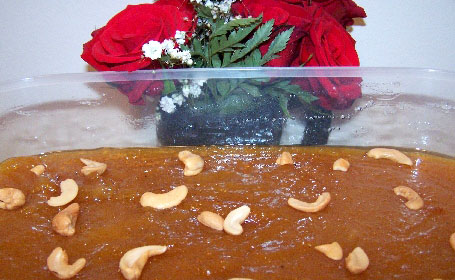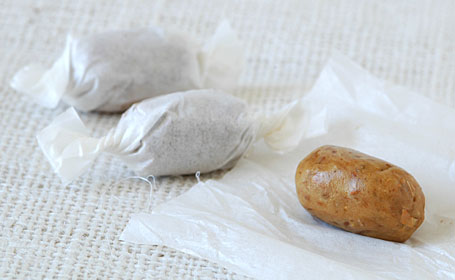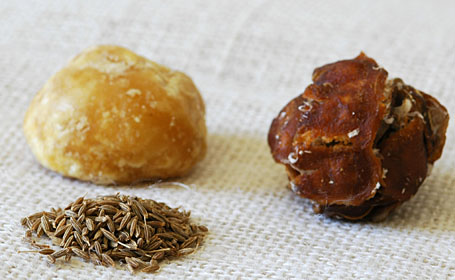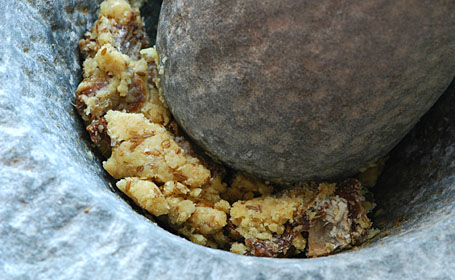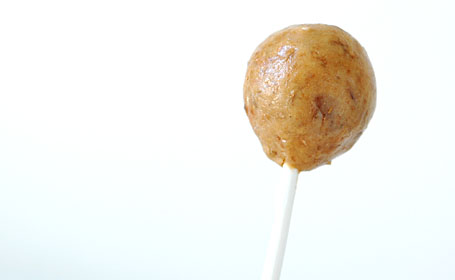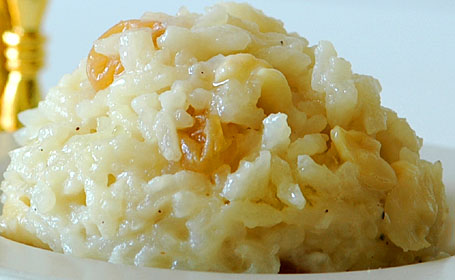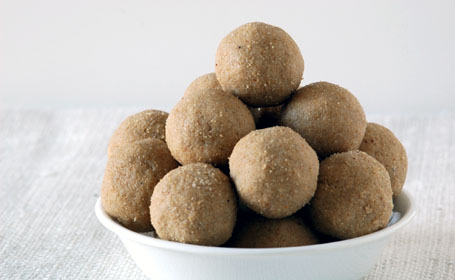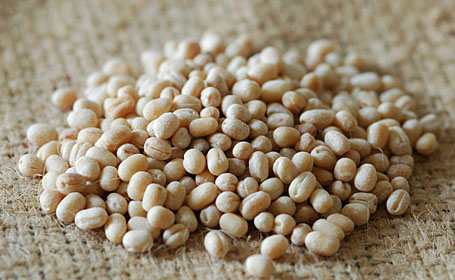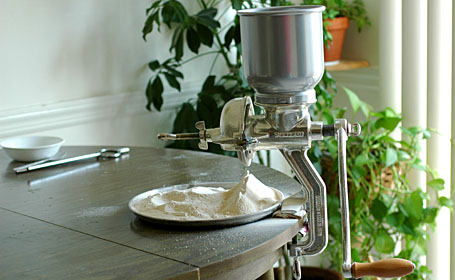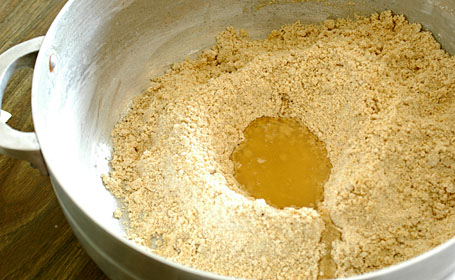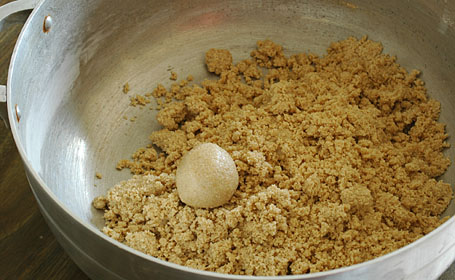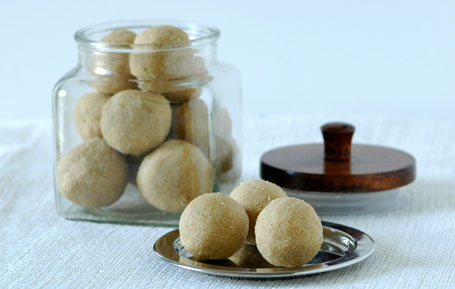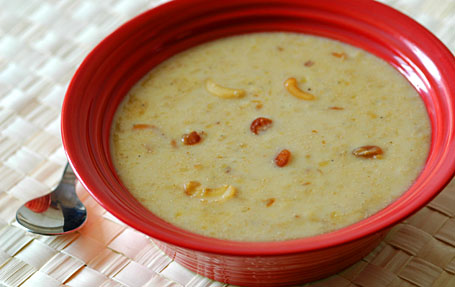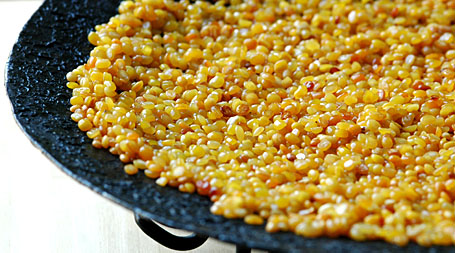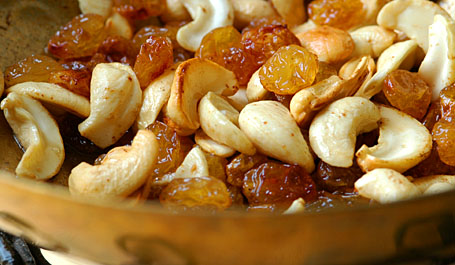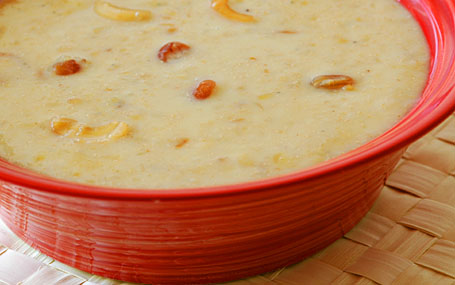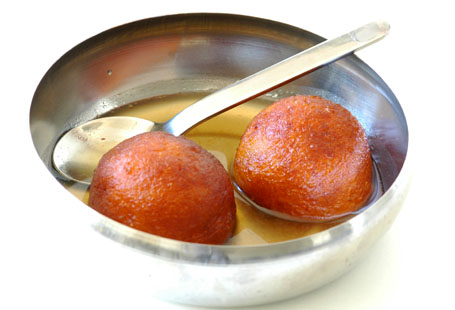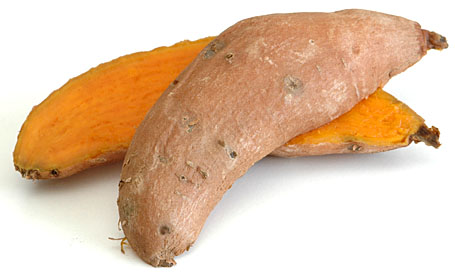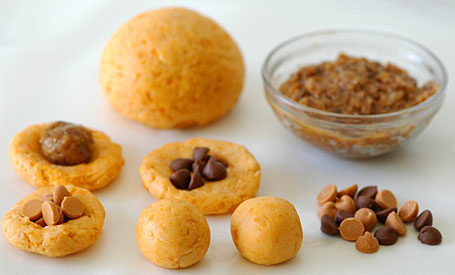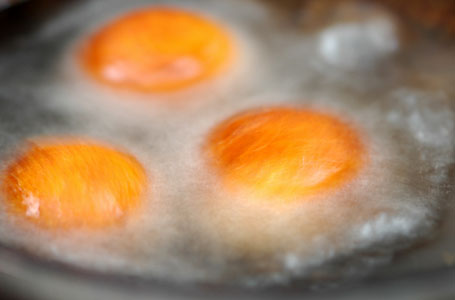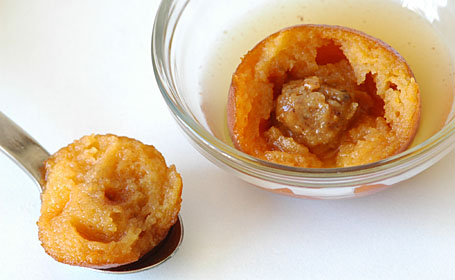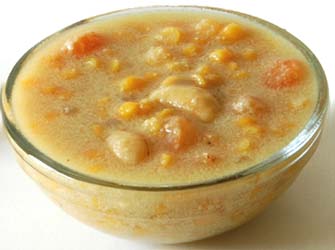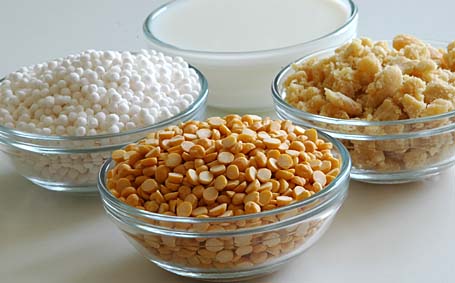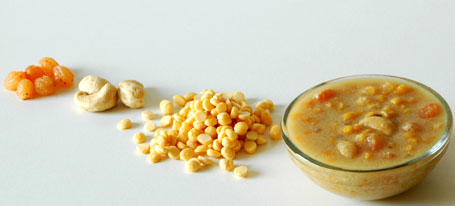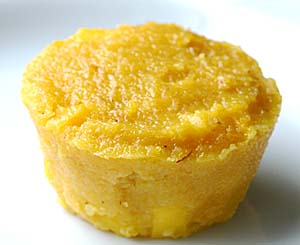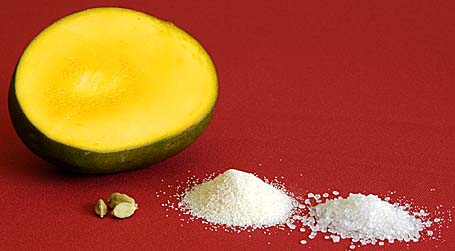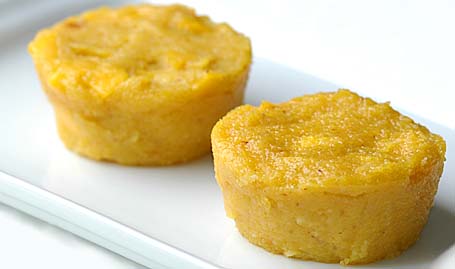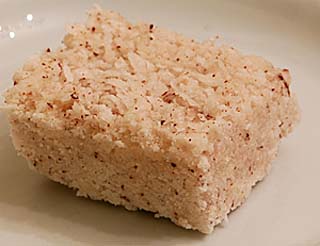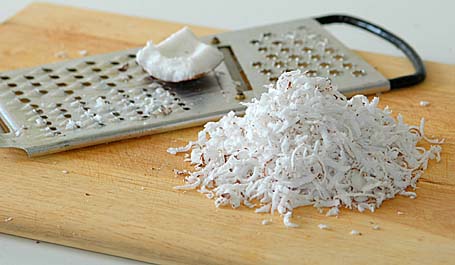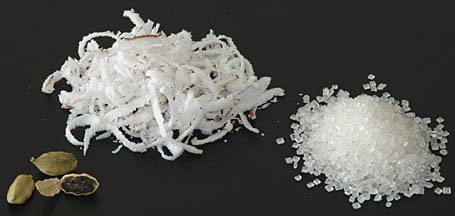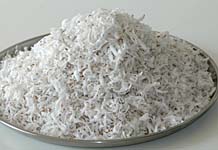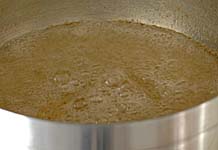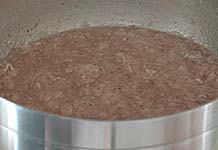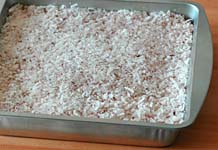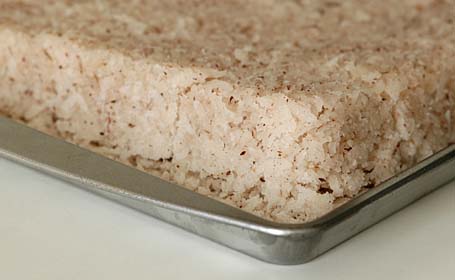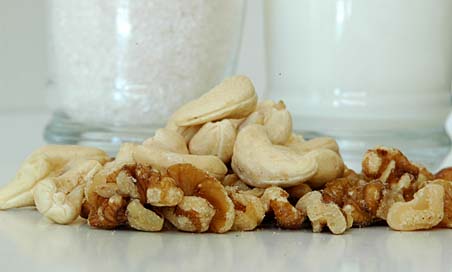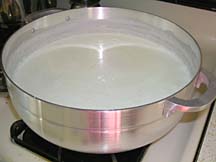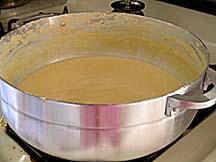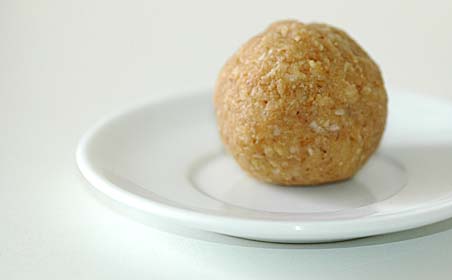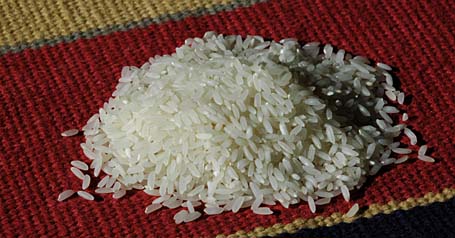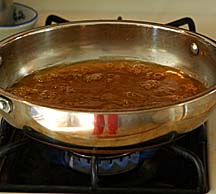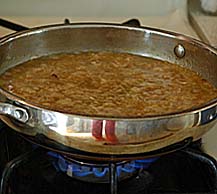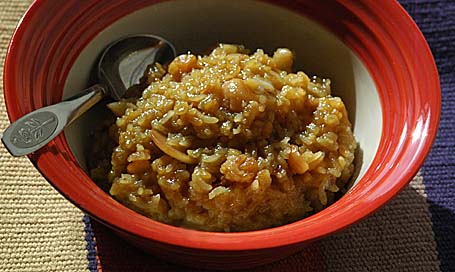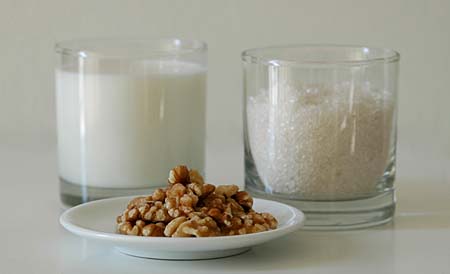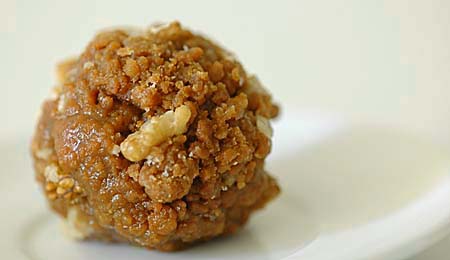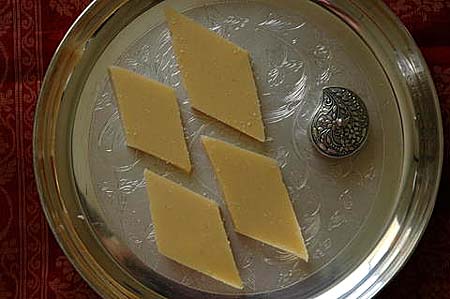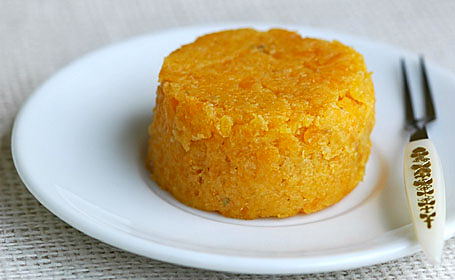
Pumpkin Halwa with Butternut Squash and Almonds ~ For JFI:Deepavali Treats
When talented food writer, photographer and blogger Vee of Past, Present and Me announced special edition of Jihva to celebrate Diwali festival, I was really elated and thought it was an appropriate idea. “Jihva for Ingredients” (JFI), is an online food blogging event, created to celebrate the natural ingredients and what they can do for our Jihva.
The ingredients that we use in our cooking may not be constant but love, family and tradition, the natural, real ingredients that we share to celebrate the Deepavali festival are going to be constant and would always be there to sustain us through our life journey. Also if there is one festival that truly unites India, it is Deepavali~the festival of lights. All ages and religions joyously participate – Lighting the divas, sharing sweets, presents or enjoying firework displays. The festival has something for everyone. Even the grinch among us would shine and smile during this time.
Deepavali is also about giving and receiving a second chance in life and I am glad to share with you my second chance with pumpkin.:) To tell you the truth, I am not a big fan of pumpkin, I never was. My dislike of this vegetable started in my childhood, continued through upto now. But after seeing several of my fellow food bloggers’ fabulous creations with this vegetable, I too wanted to join the fun. But would the pumpkin accept me, I was skeptical. So I took the help of almonds, milk kova and of course our true friend that would instantly bring joy to any occasion, ‘the sugar’. With the help of all these ingredients I have prepared pumpkin halwa with butternut squash. Boy, oh boy, what a delight that was. I was astounded by how generous the pumpkin was with its gentle sweetness and its ready mixing with other ingredients. It may look all bulky and intimidating, but the vegetable has a sweet taste of a kind giant.
Many thanks to my fellow food bloggers (dear InjiPennu , where are you?), to my new friend pumpkin for inspring me to take this second chance and also to lovely Vee for hosting this special edition of Jihva. If it’s not for you guys, I would have never tried pumpkin again, I think. And this pumpkin halwa sweet truly is a special Diwali treat for us, and is going to be a tradition from now on in my family.

Butternut Squash ~ Cut in Half and Grated
Recipe:
Butternut Squash, almonds, milk and sugar
Ghee, rose water and cardamom
Prep work:
1. Almonds – Soak half-cup almonds in warm water for about 2 hours. Remove the skins and make a smooth powder in a food processor.
2. Butternut squash (2 pounder) – Peel the skin and cut into half lengthwise. Remove the seeds and finely grate using a mandoline. Comes about 3 cups of tightly packed grated squash.
3. Meanwhile prepare milk-sugar syrup: take 5 cups of whole milk and 2 cups of sugar in a big, thick-bottomed vessel. Cook the mixture until is gets thick and is reduced to about one fourths of the original quantity. Takes about 30 to 45 minutes.
4. Take 8 cardamoms, remove the skins and in a mortar pound the seeds into fine powder with a pestle.
Showtime:
1. In a big sturdy, wide bottomed vessel, heat about 2 tablespoons of ghee on medium heat.
2. Add the grated pumpkin to the melted ghee. And with a big slotted spoon, gently mix and cook the pumpkin. Cook for about 20 minutes, stirring in between, until the raw smell of pumpkin disappears and color changes from yellow to orange-yellow.
3. Add the almond powder and condensed milk-sugar kova. Add cardamom powder and two teaspoons of rose water. Gently mix and constantly stirring, cook the whole mixture until it comes together into a solid firm mass. Takes about 10 to 15 minutes.
4. Remove the halwa to a pan. Level it even and let cool. Keep it in the freezer for about one hour to firm it up even more. Remove and cut into squares or use a cookie cutter to cut round shape discs.
5. Serve chilled.
I think this halwa can stay fresh upto one week, when refrigerated.
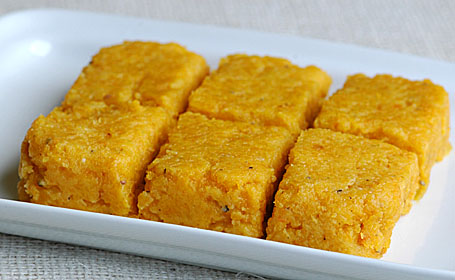
Pumpkin Halwa ~ Our Diwali Treat ~ For 101 Indian Sweets
and My Entry to VKN’s “Festival Foods” Event
Recipe source: My own creation
I have prepared this halwa on less sweet side. My preference. Increase the sugar quantity if you like more sugary sweet taste.

